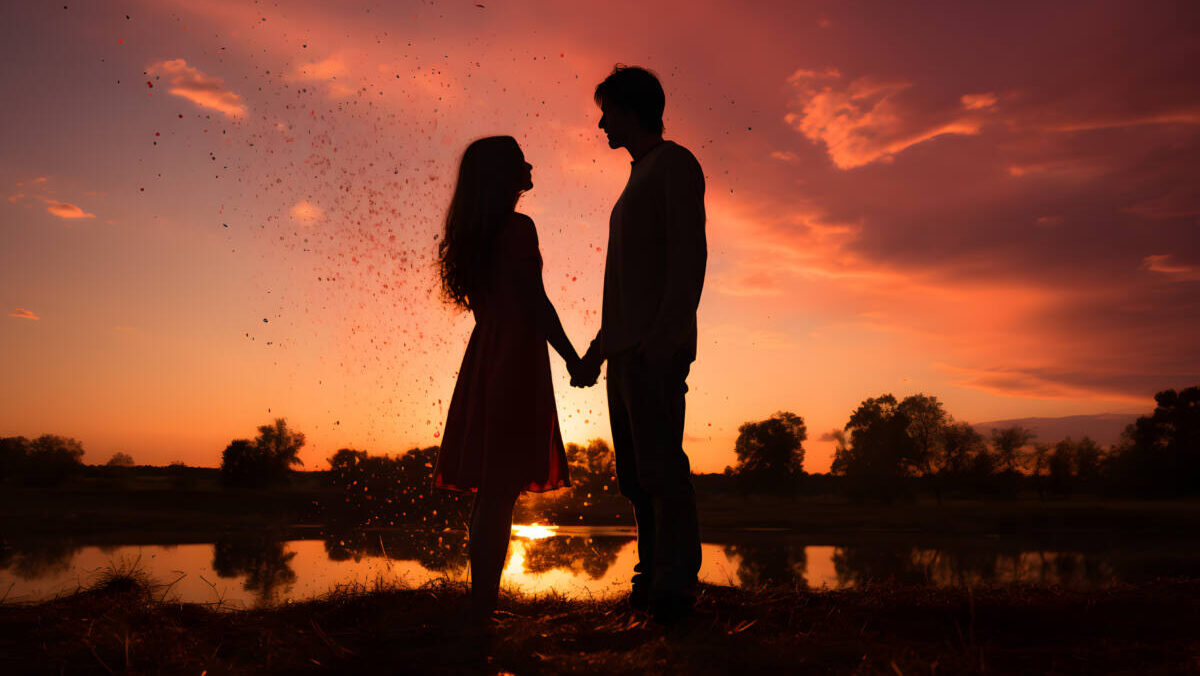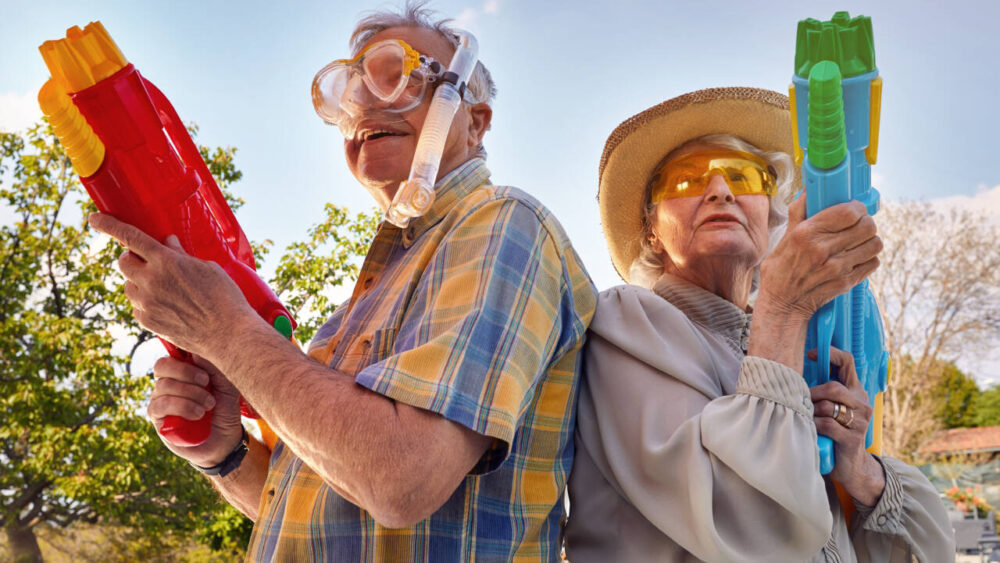Do opposites attract? New research suggests that’s not usually the case
Everyone’s heard the expression “opposites attract.” But is it true? According to a recent study, the answer is decidedly no.
In a 2023 study published in the journal Nature Human Behavior, researchers combed through over 100 years’ worth of data about “male-female partner correlations” — which they found in almost 200 papers published by psychologists, economists, sociologists, anthropologists, epidemiologists and geneticists dating back to 1903. Altogether, the data covered about 8.5 million people.
They also used genetic and health information from the U.K.’s BioBank, which includes genetic and health information from around 79,000 volunteers.
With all this information, the researchers were able to study a wide range of characteristics and discover whether heterosexual couples shared health-related traits, psychological-related traits, demographic traits, substance use traits, anthropological traits and behavioral traits. (They are now working on a study about same-sex couples.)
MORE: Relationship green flags to look out for
The result: In up to 89% of the 22 traits they looked at, researchers found that couples were more alike than different.
“Positive correlations between both members of a couple are the rule, not the exception,” University of Colorado professor Matthew Keller, one of the paper’s authors, told Time. “The degree of spousal similarity is really high for things like social attitudes, educational attainment and substance use.”
The traits that couples had most in common included age and place of birth. Also similar were political and religious affiliation, educational level, and the age they first had sex. Even habits like drinking or smoking showed a strong correlation between partners; researchers think that people might mimic their partners when it comes to certain bad habits.
In fact, there were only three traits for which people did not tend to mimic their partners: being hard of hearing, being a morning person or night owl, and having a proclivity for worrying. These differences showed up often enough to be considered more than random.
The authors delineated their results on a scale from 1.0 to -0.5, with 1.0 representing “perfect convergence” (all studied had a certain trait in common with their significant other) and -0.5 representing perfect non-convergence (none did). A score of zero meant there was no particular correlation one way or the other. In almost all categories, the overall score was more than zero — leaning toward “alike.”
Here are the results in chart form:
Another, much smaller study this year came to an even more startling conclusion. According to researchers at the University of Queensland, Australia, people who have similar facial features are more likely to be attracted to each other.
So much for opposites attracting!








